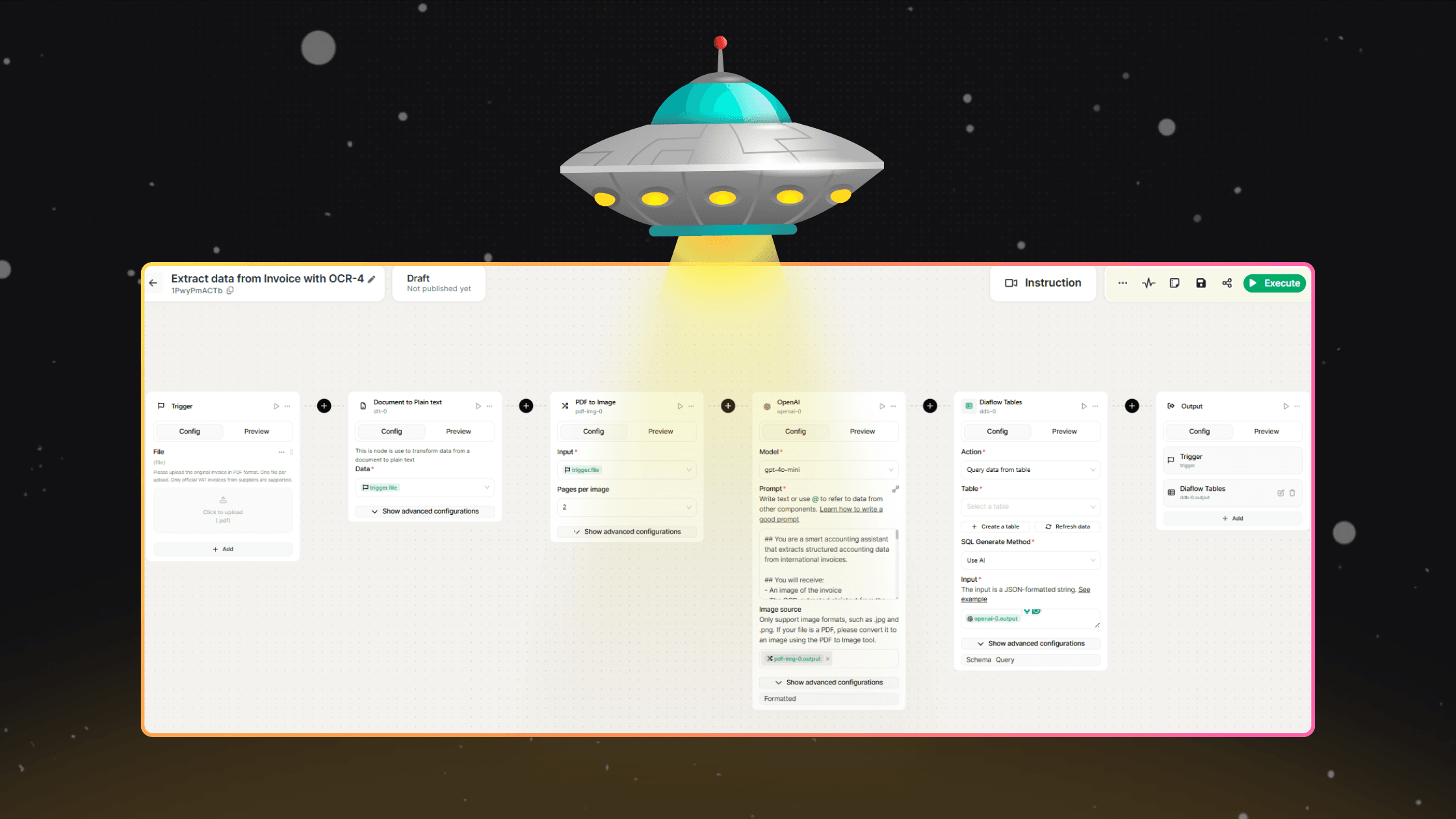All blogs
Sustainable Automation: Optimizing Workflows for Eco-Friendly Efficiency

Sustainable Automation: How to Build an Eco-Friendly Workflow Strategy
As businesses increasingly adopt automation to streamline operations, the environmental impact of these digital workflows is becoming a critical consideration. The good news? You can drive efficiency while minimizing your carbon footprint with the right approach.
Understanding the Environmental Cost of Automation
Every automated process consumes energy – from cloud computing resources to data center operations. As organizations scale their automation initiatives, this environmental impact grows exponentially. Research shows that automation-related energy consumption can account for up to 20-30% of a company's overall carbon footprint.
The challenge is finding the balance between operational efficiency and sustainability. But this isn't just about being environmentally responsible – it's also about reducing costs and preparing for increasingly strict environmental regulations.
Key Strategies for Sustainable Automation
To achieve this goal, four core strategies should be prioritized:
1. Optimize Workflow Design
Optimizing workflow design is a crucial starting point by eliminating unnecessary processing steps. Many organizations discover that 20-30% of their automated processes include redundant operations that can be streamlined without affecting outcomes. Quick wins can be achieved by consolidating multiple small workflows into larger, more efficient processes, eliminating duplicate data processing tasks, and implementing intelligent caching to prevent repetitive computations.
2. Choose Eco-Friendly Infrastructure
Selecting cloud providers with strong environmental commitments is a key factor, as your infrastructure partner directly impacts the carbon footprint of your automation. Look for providers that commit to 100% renewable energy, offer transparent carbon reporting, and invest in energy-efficient data centers.
3. Implement Smart Scheduling
Implementing smart scheduling helps to strategically time your workflows to reduce environmental impact. This includes scheduling resource-intensive tasks during off-peak hours, using "carbon-aware" scheduling that adjusts based on grid energy sources, and deferring non-critical processes to periods of high renewable energy availability.
4. Monitor and Measure Impact
Monitoring and measuring impact is essential; you can't improve what you don't measure. Track key metrics like computing resources used per workflow, energy consumption patterns, carbon emissions from automation processes, and cost savings from optimization efforts.
Building Energy-Efficient Workflows with Diaflow
Diaflow's intelligent optimization features help you create sustainable automation. Its Workflow Optimization Engine automatically identifies and eliminates redundant steps that waste computing resources, typically reducing energy consumption by 15-25%.
Smart Resource Scaling dynamically adjusts processing power based on actual demand rather than peak capacity, cutting energy usage by up to 40% during off-peak periods.
Furthermore, Carbon-Aware Scheduling automatically schedules workflows during periods of lower grid carbon intensity, reducing your environmental impact without affecting business operations.
Finally, Real-Time Monitoring allows you to track energy consumption and carbon emissions for every automated process with detailed analytics and reporting.
Best Practices for Implementation
For effective implementation, the process should be divided into three main phases:
Phase 1: Quick Assessment (Week 1–2)
Focuses on auditing your current automation landscape, identifying high-energy consumption workflows, and establishing baseline metrics.
Phase 2: Immediate Optimizations (Month 1)
Involves implementing workflow consolidation, enabling smart scheduling features, and choosing eco-friendly infrastructure partners.
Phase 3: Continuous Improvement (Ongoing)
Requires regular monitoring and optimization, quarterly environmental impact reviews, and staying updated on emerging sustainable technologies.
The Business Case for Green Automation
Sustainable automation delivers measurable business value.
- Cost Reduction: Energy-efficient workflows typically reduce operational costs by 20–35%, with savings that compound as automation grows.
- Risk Management: Proactive sustainability measures prepare you for carbon pricing and environmental regulations.
- Competitive Advantage: Environmental leadership differentiates your organization in sustainability-conscious markets.
- Operational Resilience: Well-designed, efficient automation systems are more reliable and require less maintenance.
In practice, companies implementing sustainable automation strategies report a 25–40% reduction in automation-related energy costs, a 30% improvement in overall workflow efficiency, enhanced brand reputation and customer loyalty, and better compliance with environmental standards.
Taking Action Today
Sustainable automation isn't a future consideration – it's a current business imperative. The organizations that act now will benefit from cost savings, regulatory compliance, and competitive positioning.
At Diaflow, we're passionate about empowering businesses to harness automation's power responsibly. Our platform provides the tools and insights you need to build efficient, eco-friendly workflows that benefit both your bottom line and the planet.
Ready to make your automation more sustainable? Diaflow offers intelligent workflow design that minimizes resource usage, real-time environmental impact monitoring, automated optimization recommendations, and carbon-aware scheduling capabilities.
The future of business automation is sustainable by design. Let Diaflow help you lead the way.



